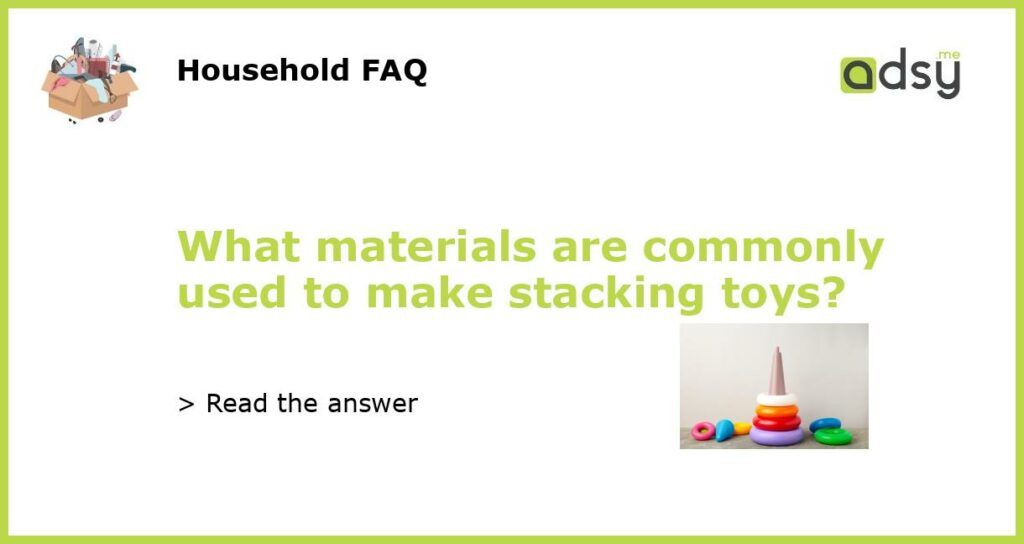Wood
Wood is one of the most commonly used materials for making stacking toys. It is a natural material that is durable and long-lasting, making it ideal for toys that need to withstand the rough play of children. Wood is also non-toxic and non-allergenic, ensuring the safety of children who play with stacking toys made from this material. Additionally, wood has a tactile and sensory appeal, making it engaging and stimulating for children.
Plastic
Plastic is another popular material used for making stacking toys. It offers a range of benefits, including being lightweight, easy to clean, and resistant to moisture and damage. Plastic stacking toys are also often more affordable compared to their wooden counterparts, making them accessible to a wider range of consumers. However, it is important to note that not all plastics are created equal, and some may contain harmful chemicals such as BPA. Parents should look for stacking toys made from BPA-free plastic to ensure the safety of their children.
Fabric
Fabric is a softer and more flexible material compared to wood and plastic, making it suitable for younger children who may be at higher risk of injury from harder materials. Fabric stacking toys typically consist of soft and plush pieces that can be easily stacked and manipulated by little hands. They often come in various textures, colors, and patterns, helping to stimulate sensory development in babies and toddlers. Fabric stacking toys are also washable, making them easy to clean and maintain.
Cardboard
Cardboard is a lightweight and affordable material commonly used for making stacking toys. It is easily accessible and recyclable, making it an eco-friendly choice for parents who prioritize sustainability. Although cardboard may not be as durable as other materials, it can still provide hours of entertainment for children. Cardboard stacking toys often come in the form of boxes or tubes that can be stacked, nested, or sorted, encouraging creativity and problem-solving skills.
Metal
Metal is less commonly used compared to other materials for making stacking toys, but it still offers unique benefits. Stacking toys made from metal are typically more robust and heavy, making them suitable for older children who may enjoy a more challenging play experience. Metal stacking toys often come in the form of rings, discs, or cylinders that can be stacked or threaded onto a central rod. They can help develop fine motor skills and hand-eye coordination in children.






